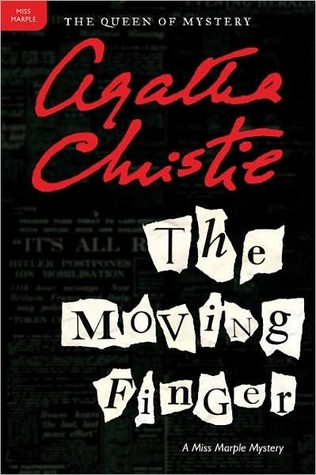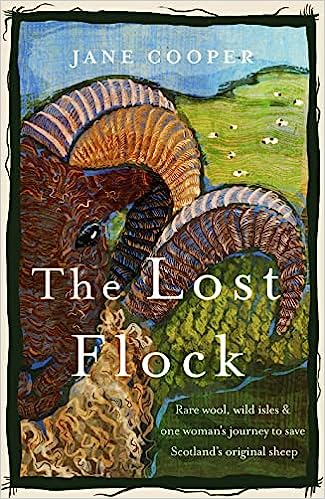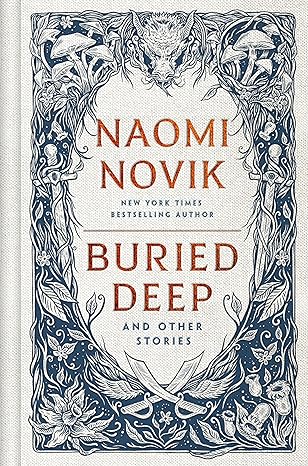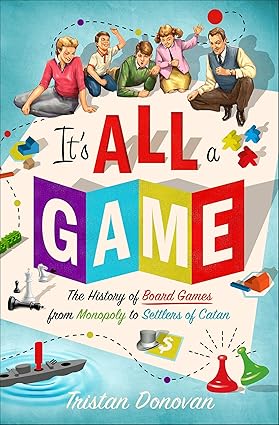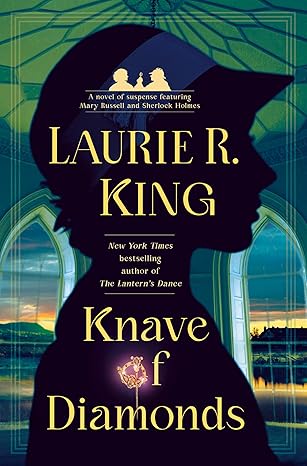 The Man Who Saved the Whooping Crane by Kathleen Kaska
The Man Who Saved the Whooping Crane by Kathleen Kaska Published by University Press of Florida on September 16th 2012
Genres: Nature
Pages: 224
Format: ARC
Source: the publisher

Millions of people know a little bit about efforts to save the whooping crane... But few realize that in the spring of 1941, the population of these magnificent birds—pure white with black wingtips, standing five feet tall with a seven-foot wingspan—had reached an all-time low of fifteen. Written off as a species destined for extinction, the whooping crane has made a slow but unbelievable comeback over the last seven decades.
This recovery would have been impossible if not for the efforts of Robert Porter Allen, an ornithologist with the National Audubon Society, whose courageous eight-year crusade to find the only remaining whooping crane nesting site in North America garnered nationwide media coverage. His search and his impassioned lectures about overdevelopment, habitat loss, and unregulated hunting triggered a media blitz that had thousands of citizens on the lookout for the birds during their migratory trips.Allen’s tireless efforts changed the course of U.S. environmental history and helped lead to the passage of the Endangered Species Act in 1973. Though few people remember him today, his life reads like an Indiana Jones story, full of danger and adventure, failure and success. His amazing story deserves to be told.
I received a review copy of this book from the publisher.
Review
Ornithologist Robert (Bob) Porter Allen may not have single-handedly saved the whooping crane as the title implies, but the dedicated field observer, writer, and Audubon Society project and refuge manager played a key role in the early efforts to protect and study these endangered birds. Allen led the eight-year search for the last whooping crane nesting site in North America; he was also deeply involved in efforts to bring back rapidly declining populations of roseate spoonbills in Florida and flamingos in the Caribbean and the Americas.
Kaska’s biography of Allen’s life is competent, straightforward, and at times evocative. In the early chapters, the transitions between sections on his personal and professions lives are sometimes a little abrupt, but certainly both readable and interesting. Once the whooping cranes arrive on the scene, the story really picks up. Chapters on Allen’s long and initially fruitless hunt for the whoopers’ northern Canadian nesting grounds—a search made all the more difficult by the vast amount of territory to be covered and the tiny number of cranes involved—are compelling and descriptive. I found Google Maps very useful in envisioning the locations and scope of the search.
This is, in fact, a book as much about the whooping cranes’ precarious survival as it about Bob Allen. A lengthy epilogue covers the whooping crane project in the forty or so years since Allen’s death, including the effort to establish a second migrating flock in the eastern U.S. Whooping crane numbers have increased from less than 20 to around 400, but the birds’ future still hangs in the balance.
I recommend The Man Who Saved the Whooping Crane to readers interested in birds and/or wildlife conservation.




















